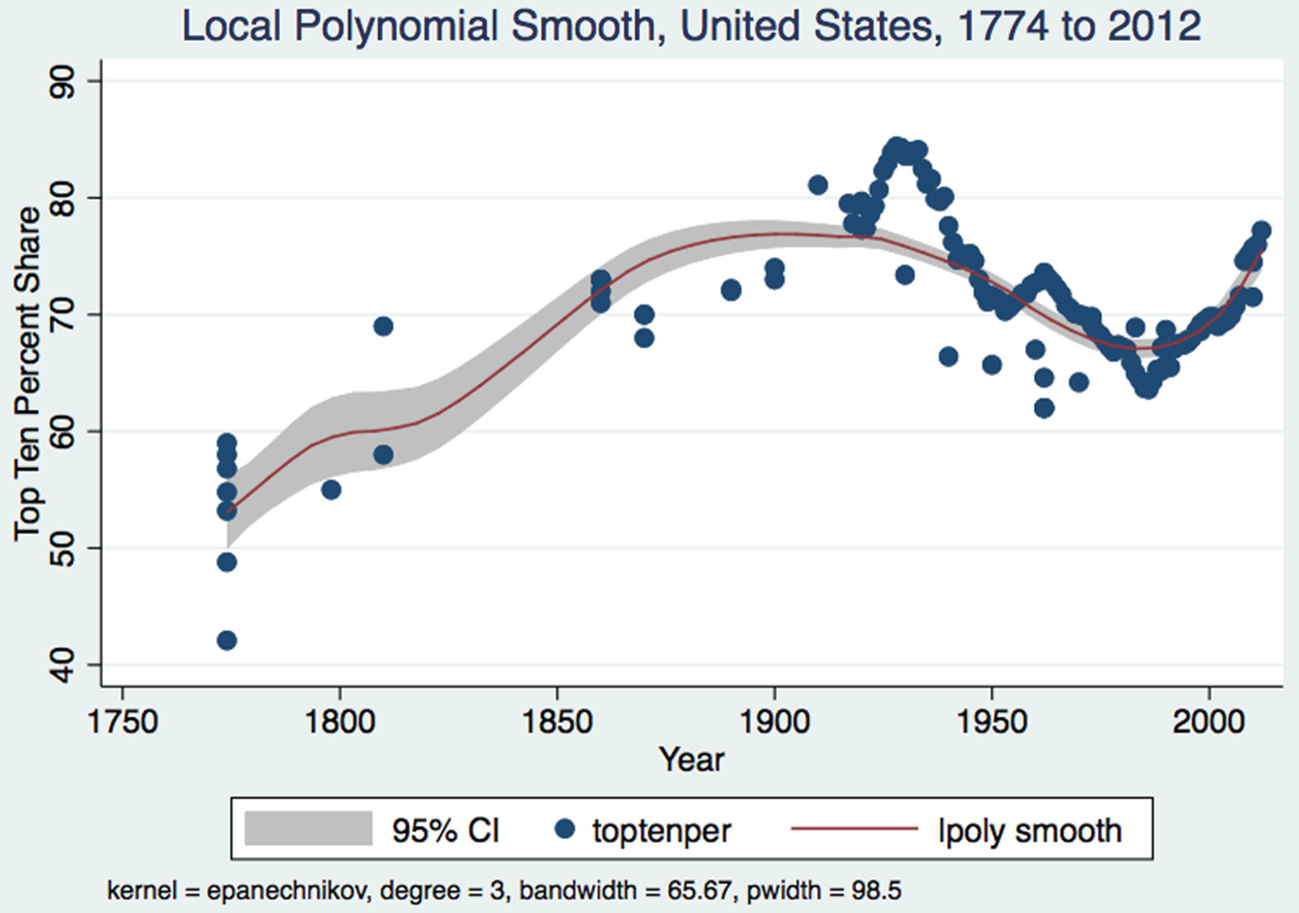I had a recent piece in The Hub dealing with President Trump’s current tariff policies that included a chart on the average effective tariff rate on US imports from 1870 to the present. In its wake, Almos Tassonyi contacted me and asked if I was planning to do something similar for Canada. Honestly, it had not occurred to me but thanks to Almos for the suggestion and this post presents data on Canada’s effective tariff rate on imports. It is just in time for Prime Minister Carney’s trip to Washington and he might like to point out that historically, Canada has had lower effective tariff rates on imports than the United States. But then, that should not be surprising given that we have always been a small open economy with trade as an important contributor to our economy.
The accompanying chart plots both the US average effective tariff rate taken from the previous article on The Hub alongside the Canadian average effective tariff rate. The average effective tariff is the ratio of tariff revenues to the total value of all imports rather than tariff revenues to the value of dutiable goods imported. Since 1870, the average tariff rates on dutiable imports have been higher than the average effective rate. And of course, the actual rates imposed are higher in relation to effective tariff rates whether based on the value of imports or the value of dutiable goods. For example, during the National Policy Tariffs (1879-1897), the rates on manufactured imported goods ranged from 17.5 to 45 percent with some goods of course free of tariffs.
The data on tariff revenues and the value of total imports for Canada is taken from several sources: The Jorda-Schularick-Taylor Macrodata Base, Historical Statistics of Canada (H1-18), the 2024 Fiscal Reference Tables (Table 6) and FRED. Figure 1 plots the Canadian average effective tariff rate alongside the US one and both have declined over time. Over the entire 1870 to 2024 period, the average annual Canadian effective tariff on imports has been 9.9 percent compared to 12.5 percent for the United States – 21 percent lower. There have been periods when our effective rate has been below the US rate but also periods when it has been above.
From 1870 to 1914, the annual average US effective tariff rate was 27 percent while ours was 17 percent. During the WWI period (1914 to 1918), the Canadian average was 17 percent while the US fell to 10 percent. During the 1920s, the average rates of the two countries tracked quite closely but after 1930, the trade war era of the Smoot-Hawley tariffs saw the average US tariff from 1930 to 1939 at 17 percent while Canada’s was at 14 percent. The post-World War II period is marked by a steady decline in average effective tariff rates in both countries with the 1950s to the 1970s seeing generally higher rates in Canada than the United States. The average annual effective tariff rate in Canada from 1950 to 1979 was 7.5 percent while for the United States it was 6 percent. The late 1980s saw the arrival of the Canada-US Free trade Agreement and the 1990s saw NAFTA and in their wake, tariffs came down. However, since 1990 the average US effective tariff rate has been higher than Canada’s. From 1990 to 2024, the annual average Canadian effective tariff rate on total imports was 1.1 percent while for the United States it was 2 percent – nearly double the Canadian rate.
Going forward, the average US effective tariff rates are going to be higher, but it is uncertain where exactly they will land. At present, estimates have ranged from 14 percent to over 20 percent, but these are likely to be unsustainable in a world that is more globalized and interdependent that current US policy makers seem to realize. However, I would not be that surprised to see effective average tariff rates return to and stabilize at late 1970s to early 1980s levels which would bring us close to about 5 percent. That does appear to be the time period where many of the current President's economic views, such as they are, were nurtured. Time will tell.






